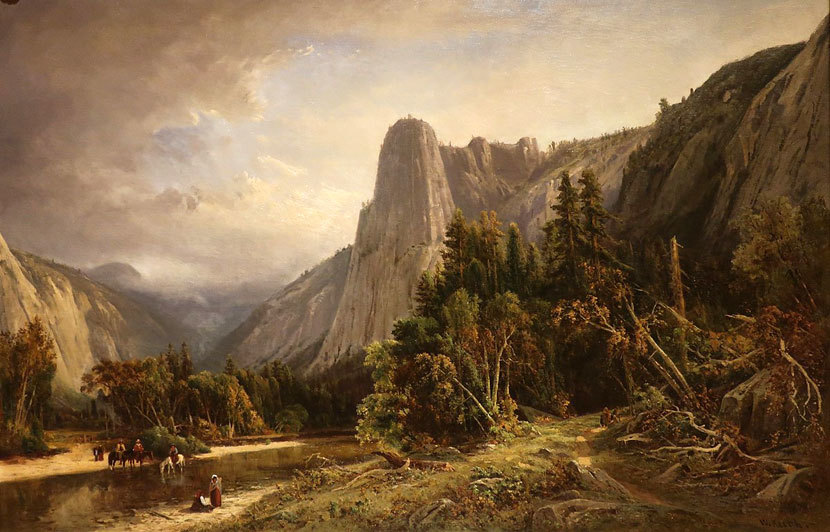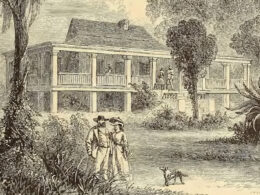John Muir (1838–1914)
From John Muir: Nature Writings

150 years ago, in the fall of 1871, John Muir confirmed something he had suspected: that the ice sheet he had traversed near Red Mountain south of Yosemite a few weeks earlier was, in fact, a glacier, moving steadily across the landscape at the rate of one yard per month.
Just two years earlier, Harvard geologist Josiah Whitney had published The Yosemite Guide-Book, in which he and his colleagues at the California Geological Survey declared that “there is no reason to suppose, or at least no proof, that glaciers have ever occupied the Valley, or any portion of it.” Whitney later went further, claiming that there were no surviving glaciers anywhere in the Sierra Nevada. Yet a young amateur, newly arrived in Yosemite, whose past employment included sheepherding and factory management, managed to confirm within a few years the existence of sixty-five “living” glaciers in the region. Muir also convinced many of the nation’s leading geologists that the Yosemite Valley itself had been formed largely by glacial erosion.
Many of the glaciers identified by Muir have melted away in recent decades. That first glacier near Red Mountain has vanished entirely. Lyell Glacier—the largest in Yosemite, measuring a mile long and a mile wide in 1872—has lost more than 80 percent of its surface area and, since it has stopped moving, it is no longer even a glacier. Geologists and park officials anticipate that climate change will eradicate the hundred or so remaining glaciers (and former glaciers) in the Sierra Nevada within a couple of decades.
Although Muir first gained national attention for his identification of California’s glaciers, he became even more famous as he began to write for popular magazines various articles describing his adventures and observations of America’s wilderness. We present his essay “Yosemite Valley in Flood,” about a spectacular and torrential storm that swamped the area, as our current Story of the Week selection and, in an introduction, we describe the astonishing trek that brought Muir to Yosemite in the first place.



